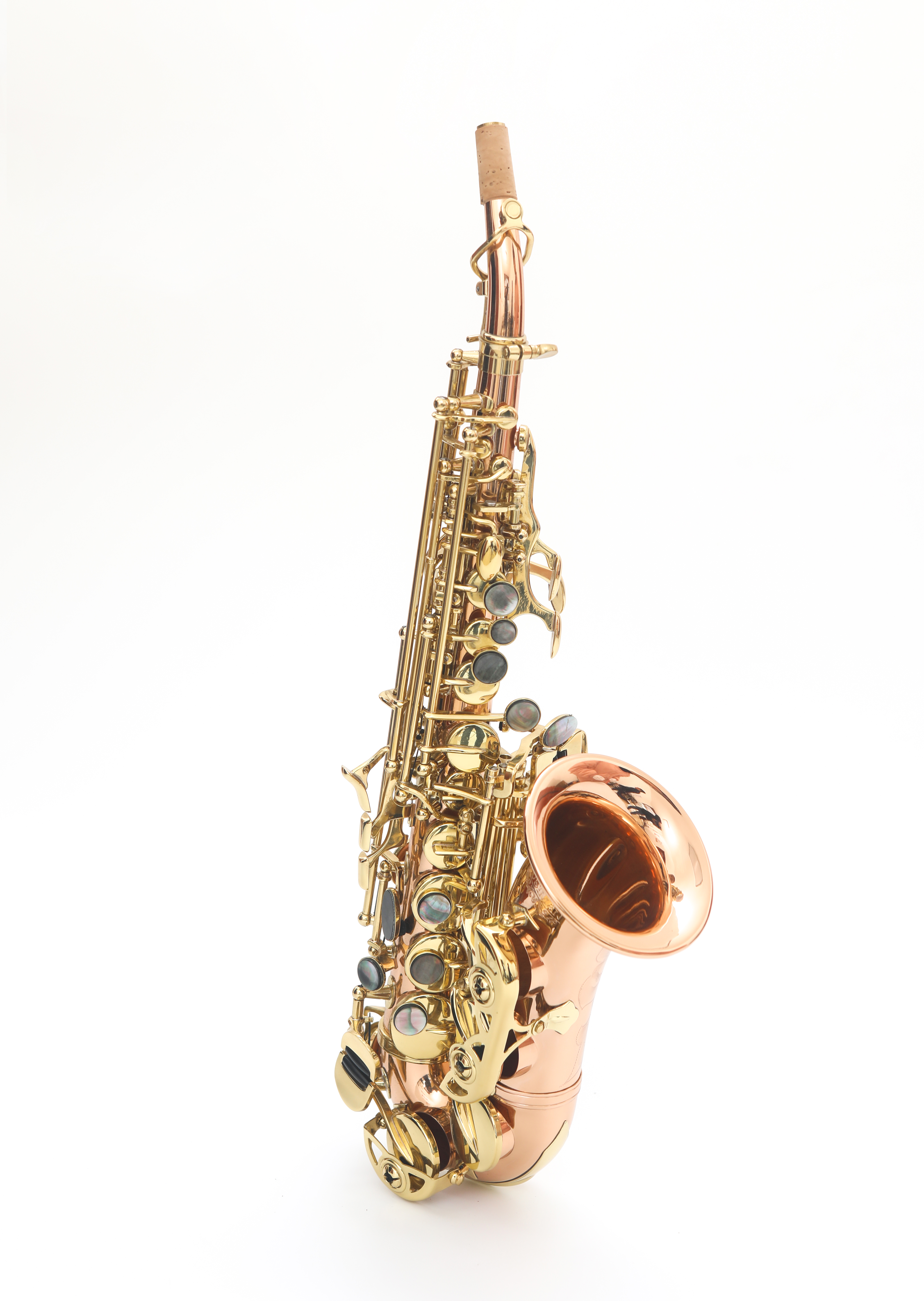The saxophone, invented by Adolphe Sax in the mid-19th century, is a member of the woodwind family. Though commonly made of brass, its method of sound production classifies it among woodwinds. It’s the design of the saxophone’s mouthpiece, along with the method of tone production, that affiliates it with the woodwind family, rather than with the brass instruments.
The Intricacies of Musical Instrument Families
Musical instruments are classified into families based on the method they use to produce sound. The woodwind family, to which the saxophone belongs, includes instruments that produce sound by the vibration of reeds in the mouthpiece or by the splitting of an exhaled air stream on a sharp edge.
The saxophone’s single-reed mouthpiece is similar to that of the clarinet. However, its conical bore, or interior chamber, is reminiscent of the oboe. The saxophone’s unique design allows for the rich, resonant sound that it’s known for, easily distinguishable from the sound produced by other woodwind instruments.
Notable Saxophone Variations
The saxophone family itself includes several members, each with its unique pitch range. The soprano, alto, tenor, and baritone saxophones are among the most popular variants. However, there are also more unusual members, such as the sopranino and bass saxophones. The alto saxophone and the tenor saxophone are commonly found in various ensembles, from jazz bands to concert bands.
The Saxophone’s Impact on Music
The saxophone has a significant impact on various music genres. In jazz, for instance, the saxophone’s expressive sound and agility make it a leading solo instrument. Notable jazz saxophonists, such as Charlie Parker and John Coltrane, have pushed the boundaries of the instrument, exploring new techniques and styles.
In classical music, the saxophone’s versatility allows it to blend with both woodwind and brass instruments, broadening the palette of sounds available to composers and arrangers. It also features in many wind ensembles and is often used for solos in orchestral works.
Understanding the Saxophone
Understanding the saxophone’s place in the woodwind family helps to illuminate the nature of this versatile instrument. Its unique characteristics contribute to its distinct sound and wide-ranging capabilities. From jazz clubs to classical concert halls, the saxophone’s distinctive voice resonates, marking it as an essential instrument in the world of music.

